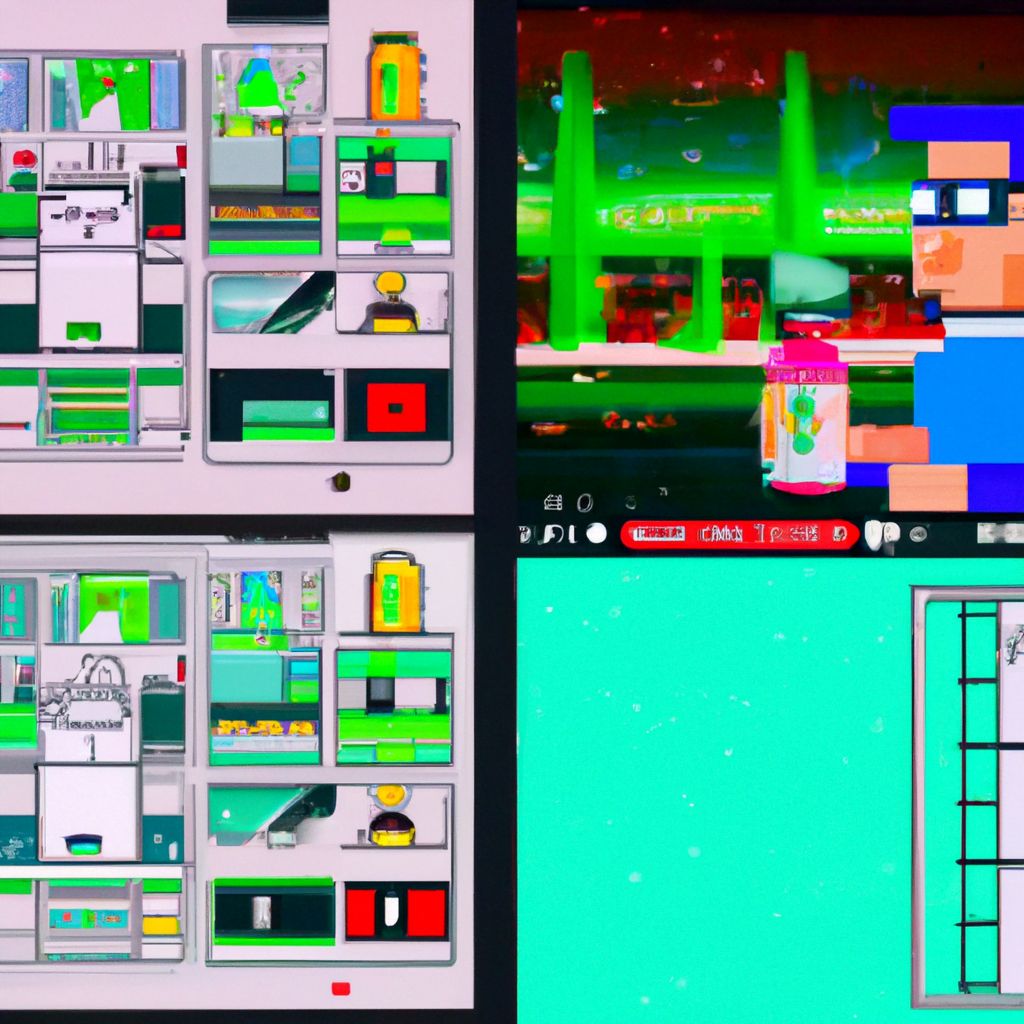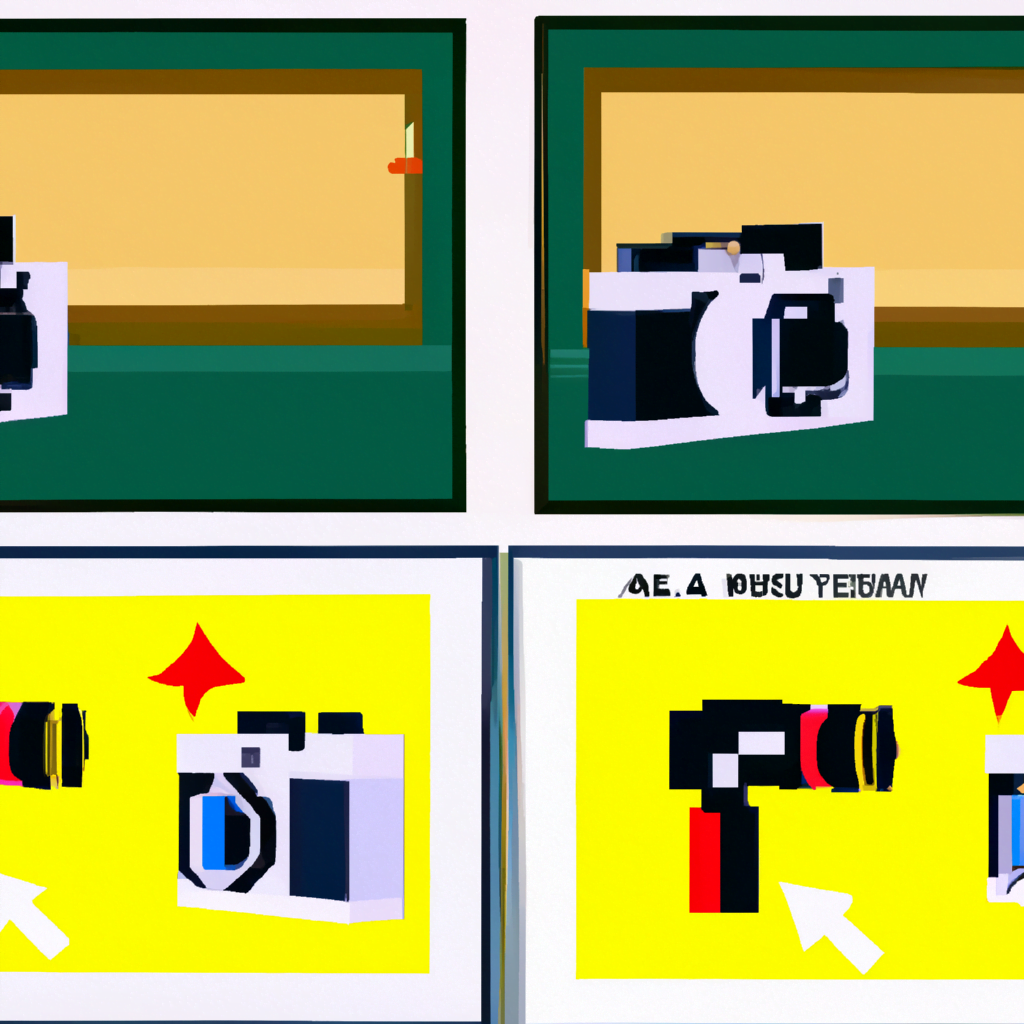
Tips for Creating Illustrations with a Retro Gaming Aesthetic

Illustrations with a retro gaming aesthetic have gained popularity in recent years. The nostalgic charm of pixel art and the vibrant colors of classic video games have captured the hearts of many artists and designers. If you’re looking to create illustrations with a retro gaming aesthetic, this article will provide you with valuable tips and insights to help you achieve your desired style.
1. Study Retro Gaming Art Styles
Before diving into creating illustrations with a retro gaming aesthetic, it’s essential to study and understand the art styles of classic video games. Take the time to explore and analyze the visuals of popular retro games such as Super Mario Bros., Pac-Man, or The Legend of Zelda. Pay attention to the pixel art, color palettes, and overall composition.
By studying retro gaming art styles, you’ll gain a deeper understanding of the techniques used to create these visuals. This knowledge will serve as a foundation for your own illustrations and help you capture the essence of the retro gaming aesthetic.
2. Embrace Pixel Art
Pixel art is a fundamental aspect of the retro gaming aesthetic. It involves creating images using small, square-shaped pixels, resulting in a blocky and nostalgic look. Embracing pixel art in your illustrations will instantly give them a retro gaming vibe.
When creating pixel art, consider the limitations of older gaming consoles and computers. These devices had limited color palettes and resolution capabilities, which influenced the art style of the time. Restricting your color palette and using low-resolution techniques can help you achieve an authentic retro gaming aesthetic.
3. Choose a Limited Color Palette
One characteristic of retro gaming art is the use of limited color palettes. Older gaming consoles had hardware limitations that restricted the number of colors that could be displayed on the screen simultaneously. As a result, retro games often featured vibrant and contrasting colors to make up for the limited palette.
When creating illustrations with a retro gaming aesthetic, choose a limited color palette to mimic the look and feel of classic video games. Experiment with bold and contrasting colors to add visual interest to your artwork. Tools like Adobe Color can help you create and explore different color palettes.
4. Pay Attention to Composition
Composition plays a crucial role in creating visually appealing illustrations with a retro gaming aesthetic. Retro games often had simple and symmetrical compositions due to the technical limitations of the time. However, this simplicity added to the charm and memorability of the visuals.
When composing your illustrations, consider using symmetrical or balanced layouts. Experiment with different arrangements and elements to create a visually pleasing composition. Keep in mind that simplicity can be key in capturing the essence of the retro gaming aesthetic.
5. Add Authentic Retro Gaming Elements
To truly capture the retro gaming aesthetic, consider adding authentic elements from classic video games to your illustrations. This could include pixelated fonts, iconic characters, or references to popular games from the past.
For example, you could incorporate pixelated text or speech bubbles into your illustrations to mimic the dialogue boxes found in retro games. Adding familiar characters or objects from classic video games can also evoke a sense of nostalgia and enhance the retro gaming aesthetic.
6. Experiment with Dithering
Dithering is a technique commonly used in retro gaming art to create the illusion of additional colors and smooth gradients. It involves strategically placing pixels of different colors next to each other to create the appearance of a new color or shade.
Experiment with dithering techniques in your illustrations to add depth and texture. By carefully placing pixels of different colors, you can achieve a more nuanced and detailed look, reminiscent of classic video games.
7. Use Authentic Retro Gaming Fonts
Fonts play a significant role in the overall aesthetic of an illustration. To enhance the retro gaming vibe, consider using authentic retro gaming fonts in your artwork. Fonts like “Press Start 2P” or “Pixel Emulator” are popular choices that mimic the pixelated text commonly seen in retro games.
Using authentic retro gaming fonts will help tie your illustrations to the nostalgic era of classic video games. It adds an extra layer of authenticity and enhances the overall retro gaming aesthetic.
8. Seek Inspiration from Retro Gaming Art Communities
There are numerous online communities and platforms dedicated to retro gaming art. These communities provide a wealth of inspiration and resources for artists looking to create illustrations with a retro gaming aesthetic.
Explore platforms like DeviantArt, Reddit’s r/PixelArt, or Instagram’s #pixelart to discover talented artists and their retro gaming-inspired artwork. Engage with the community, ask for feedback, and learn from their techniques and experiences. By immersing yourself in these communities, you’ll gain valuable insights and inspiration for your own illustrations.
Summary
Creating illustrations with a retro gaming aesthetic requires a deep understanding of the art styles and techniques used in classic video games. By studying retro gaming art, embracing pixel art, choosing limited color palettes, paying attention to composition, adding authentic retro gaming elements, experimenting with dithering, using authentic retro gaming fonts, and seeking inspiration from retro gaming art communities, you can create compelling illustrations that capture the nostalgic charm of retro games.
Remember, the retro gaming aesthetic is all about embracing the limitations and unique characteristics of older gaming consoles and computers. By incorporating these tips and techniques into your illustrations, you’ll be able to create artwork that resonates with fans of classic video games and evokes a sense of nostalgia.
